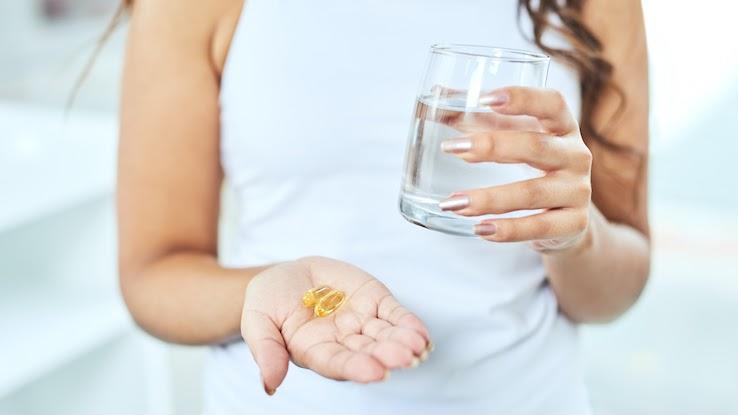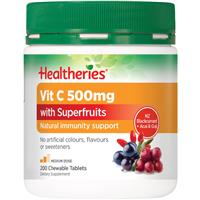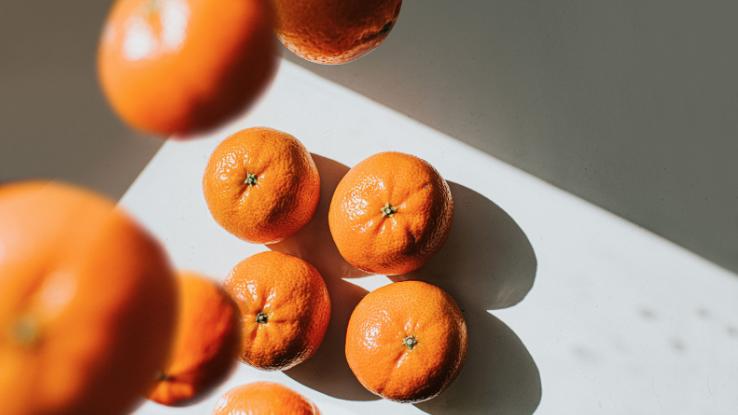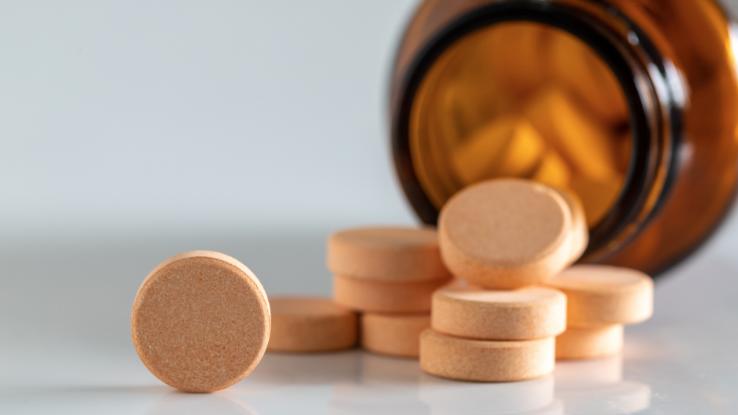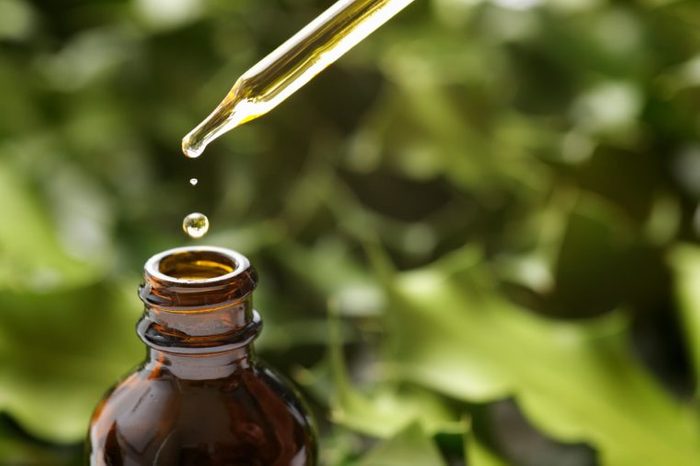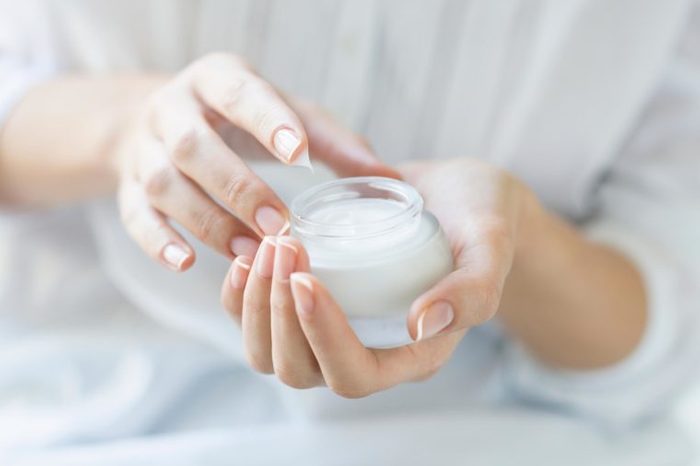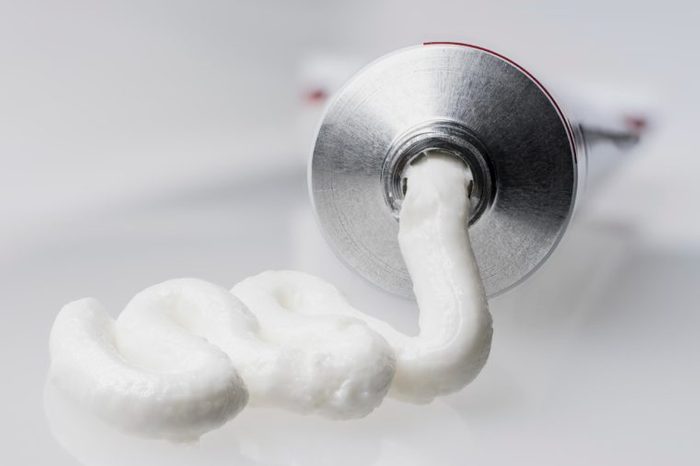Le Mieux Vitamin C
Researchers in the United Kingdom say a study on eyesight shows diet and environmental factors are more important than genetics in lowering risk of cataracts.
Eating an apple a day may keep the doctor away, but eating oranges might do the same for cataracts.
In a study published today in the journal Ophthalmology, researchers in the United Kingdom said a higher dietary intake of vitamin C might significantly reduce the risk of developing cataracts.

The study, led by scientists at King's College London, is the first to conclude that dietary and environmental factors play a larger role than genetics in the development of cataracts.
"The findings of this study could have significant impact, particularly for the aging population globally by suggesting that simple dietary changes such as increased intake of fruits and vegetables as part of a healthier diet could help protect them from cataracts," Dr. Chris Hammond, professor of ophthalmology at King's College, consultant eye surgeon and lead author of the study, said in a statement.
Read More: What Is a Cataract? »
The researchers estimated genetic factors account for 35 percent of the difference in cataract progression. Environment and lifestyle account for 65 percent.
To study the impact diet has on cataracts, the researchers tracked the progression of the eye condition in 324 pairs of female twins from the United Kingdom.
The scientists examined digital images of the women's eye lenses when they were about 60 years old. They then studied the same type of images 10 years later.
They kept track of the women's intake of vitamins A, B, C, D, and E. They also tracked their intake of copper, manganese, and zinc using a food questionnaire.
The researchers said the women who ingested more vitamin C initially had a 20 percent reduced risk of developing cataracts. After 10 years, that risk had decreased by 33 percent.
The researchers noted that there was little risk reduction in the women who took vitamin supplements. Instead the preventative effects appeared to be obtained only by eating foods rich in vitamin C.
Dr. Ravi D. Goel, an ophthalmologist from New Jersey who is also a clinical instructor at Wills Eye Hospital in Pennsylvania, said the study provides helpful information for patients and doctors.
"These are novel findings for patients going forward," Goel, a spokesperson for the American Academy of Ophthalmology, told Healthline. "This is a helpful tool for patient education."
Read More: Americans Spend Billions on Vitamins and Supplements That Don't Work »
Cataracts occur when the lens of the eye becomes cloudy due to oxidation over a long period of time.
The researchers said the fluids that bathe the eye are rich in vitamin C, which helps stop the lens from oxidizing.
The dietary intake of vitamin C helps prevent cataracts by increasing the amount of this vitamin in the eye fluid.
The researchers added that smoking and diabetes also are risk factors for certain kinds of cataracts, so a balanced diet and healthy lifestyle are important.
"Healthy diets are always an advantage for patients," added Goel.
Goel also said vitamin C has already been shown to help slow the progression of age-related macular degeneration.
This latest information on cataracts adds to vitamin C's attributes. "It helps overall eye health," he said.
The researchers did note that their observational study has its limitations as it only involved women who were aged 60 years and older.
However, the researchers believe the information could also be relevant for male patients.
Cataracts are the leading cause of blindness in the world, affecting about 20 million people, according to statistics from the
The condition can cause blurry vision, glare, poor night vision, and sensitivity to light.
Initially, better lighting and glasses may help ease some of the symptoms, but as cataracts progress surgery is sometimes needed.
Read More: Diabetes and Blurry Vision: What You Need to Know »
Source: https://www.healthline.com/health-news/vitamin-c-may-reduce-risk-of-cataracts










